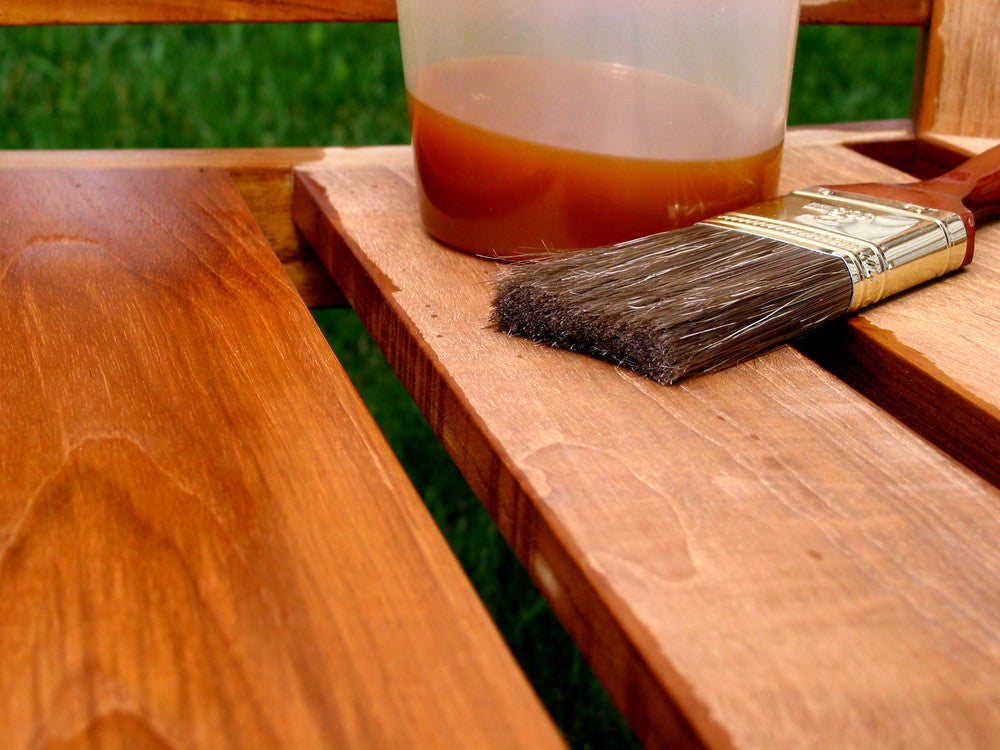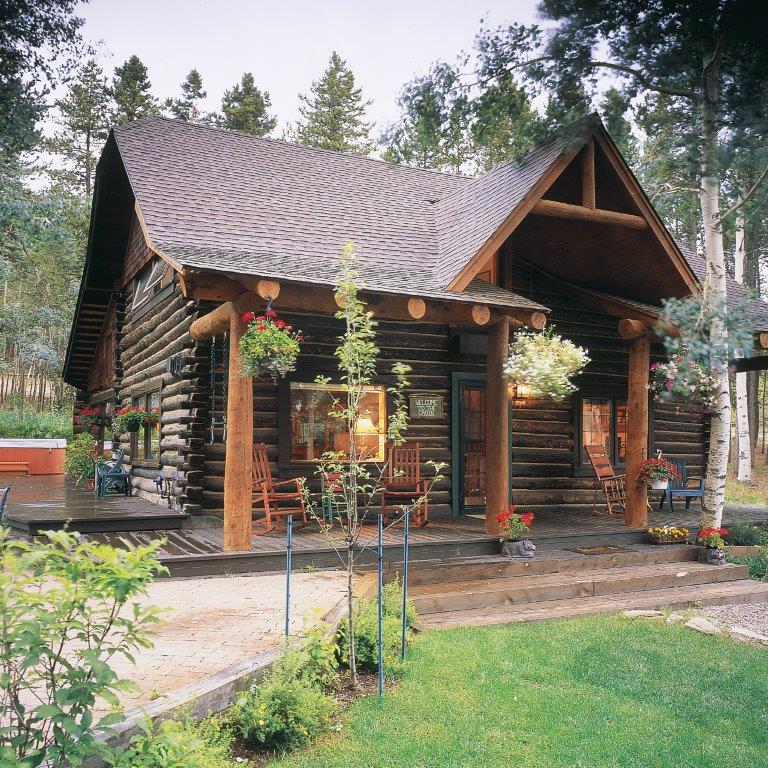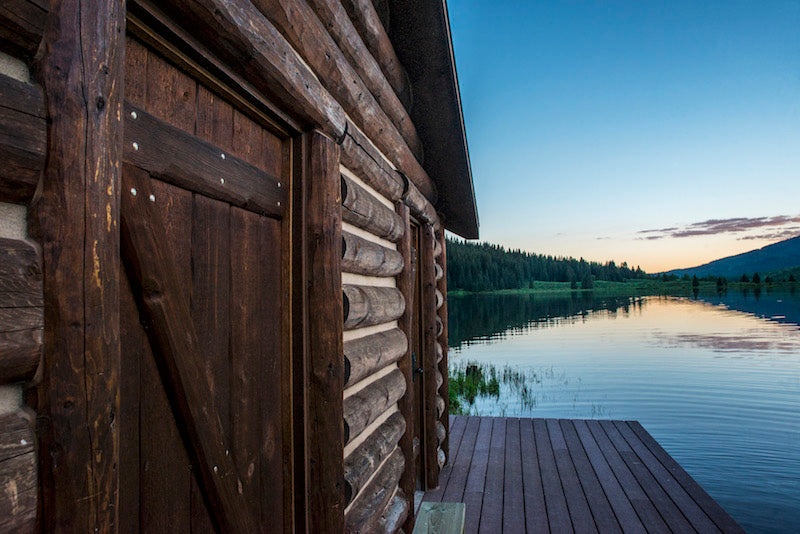Winter’s Coming! Here’s What to Do With Wood Stain and Sealants

Winters can be cold and often snowy. This can be a problem for storing your wood stains and sealants. Although some of these products may be labeled as “freeze-thaw stable,” it’s generally better to prevent them from freezing if possible. While some products may still be usable after freezing and then thawing, they will still be permanently altered from their original state, and may be less effective; they degrade further with each subsequent freeze-thaw cycle.
Here’s some further information about how to store wood stain over the winter. The right way to store stains can depend on whether they’re oil-based or water-based.
Storing Oil-Based Wood Stain
Oil-based wood stains are relatively freeze-proof, as long as they’re fully sealed. They do not contain water, and oil simply thickens when it gets colder, rather than freezing into a solid mass. All lids and caps on the containers should be closed off tightly, to prevent thinners from evaporating out of the stain and causing it to gel or thicken while it’s in storage.
For best results, store oil-based wood stain in a full or nearly-full container. When there is empty “head space” above the fluid, the stain can gel up or develop a “skin” at the top. When properly stored in sealed, nearly full containers, oil-based wood stains and finishes have a shelf life of five years or more.
Storing Waterborne Wood Stains
Water-based wood stains are identifiable by looking for instructions on the label that refer to cleaning up with soap and water. These stains have a shorter shelf life than oil-based stains, usually around two to three years in ideal conditions. Unlike oil-based stains, water-based wood stains need to be kept at temperatures above 32 degrees Fahrenheit. Although many manufacturers formulate these products to withstand an accidental freeze and thawing, too many freeze-thaw cycles will cause them to degrade. After exposure to such winter conditions, the stain can become gritty and develop a “cottage cheese” texture. If water-based stain has sustained freezing damage, you’ll need to dispose of it.
Storing Cleaners, Brighteners, & Strippers
Wood cleaners, brighteners, and strippers in liquid form should always be stored above 32 degrees Fahrenheit. However, they are less susceptible to permanent damage from freeze-thaw cycles than water-based stains are. If a cleaner or brightener freezes and thaws, it may appear cloudy, or components may separate from one another. Before you use it again, simply warm it up and stir it back to its correct consistency.
Powder concentrates have an almost unlimited shelf life, and can withstand cold temperatures. It’s important to keep them dry, but they’re not affected by cold air temperatures.
Finding Somewhere to Store Your Sealants & Stains
For the most part, both oil-based and water-based wood stains should be stored in a climate- controlled location, where the temperature will not drop below 32 degrees Fahrenheit and put the stains at risk of freezing and thawing. In most of the US, other than perhaps the southern part of peninsular Florida, winter temperatures drop below freezing at least occasionally. Storing stains in outdoor sheds and other areas that are subject to outdoor temperatures could greatly reduce their shelf life. Instead, it’s better to store them indoors.





